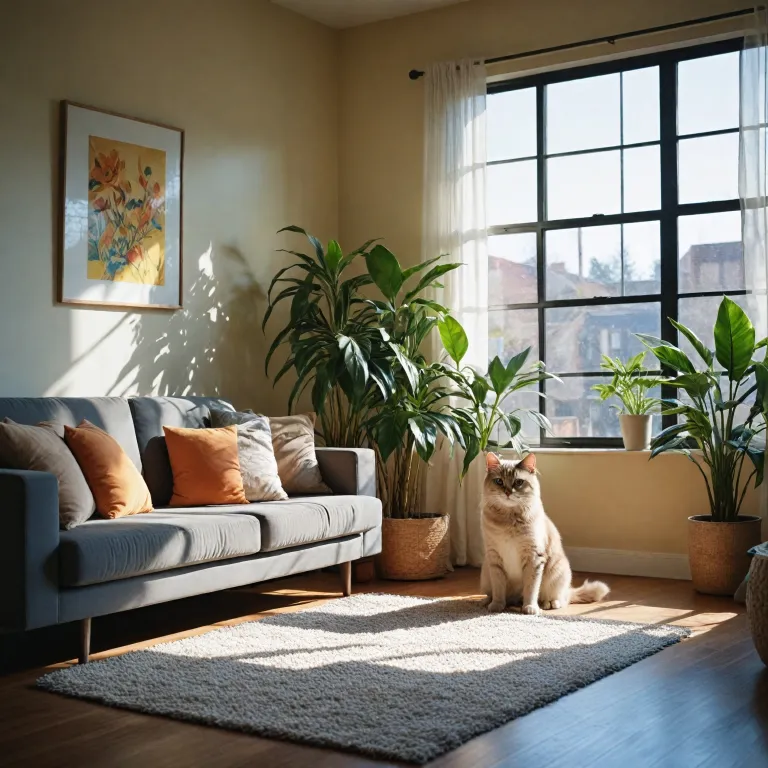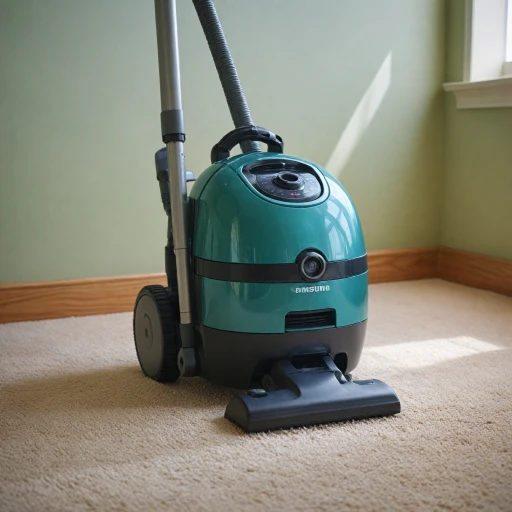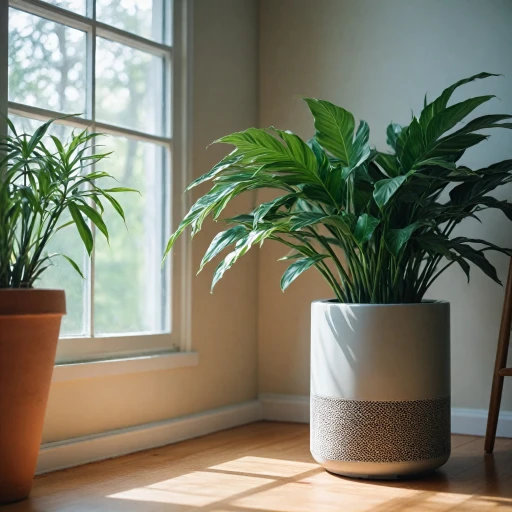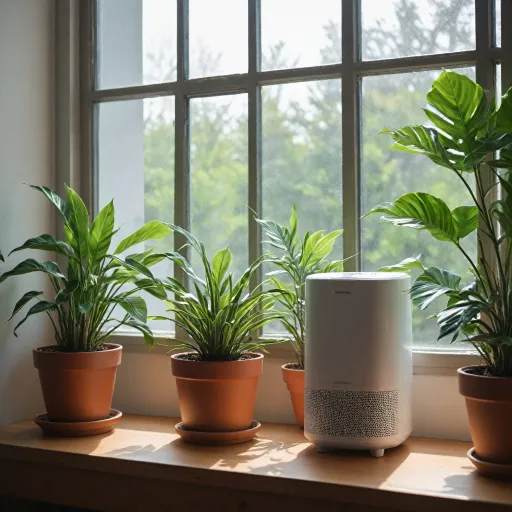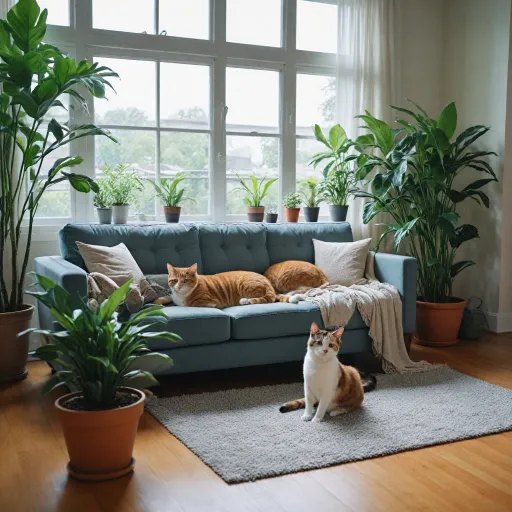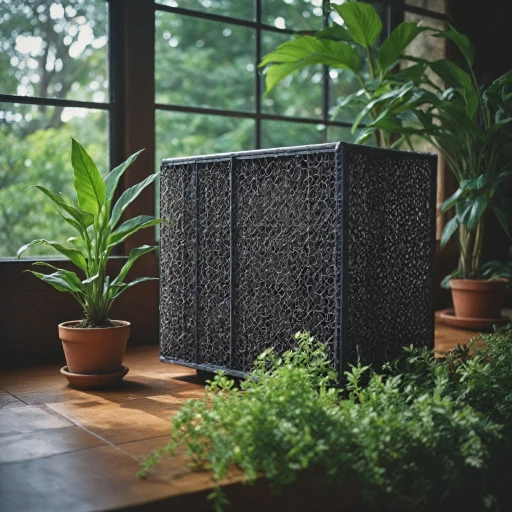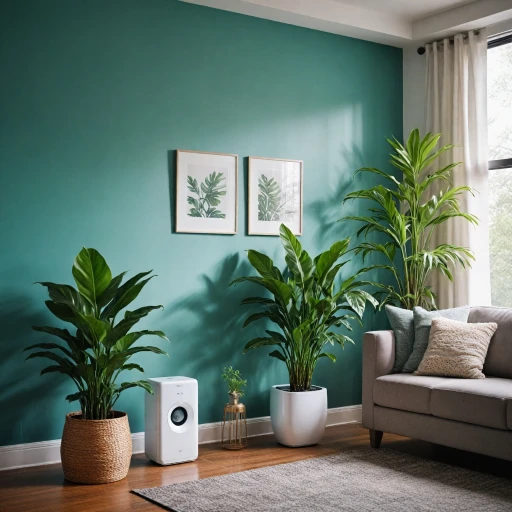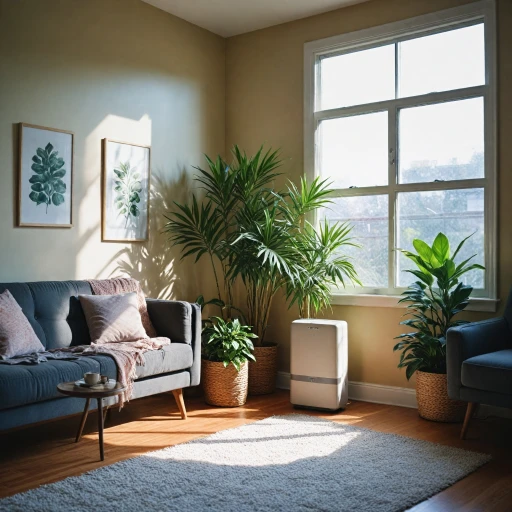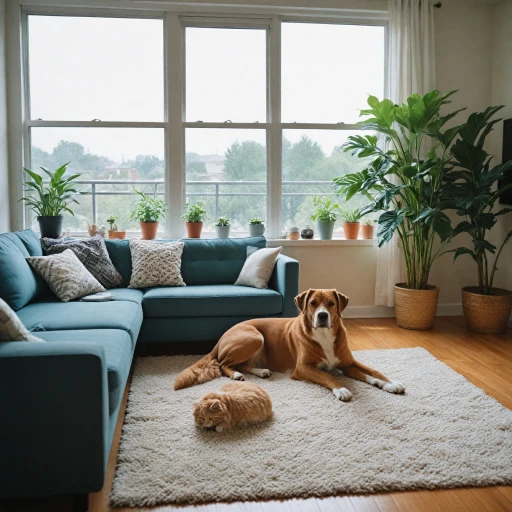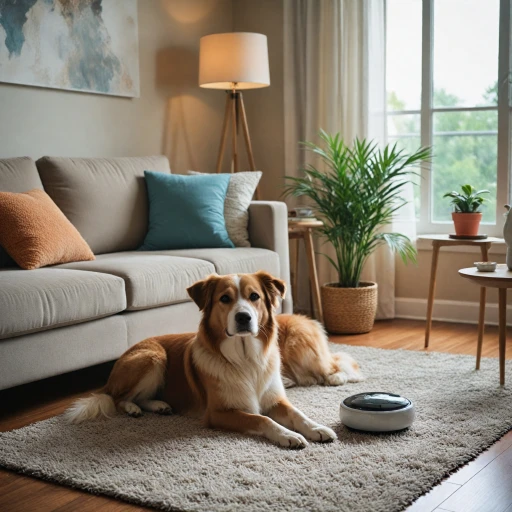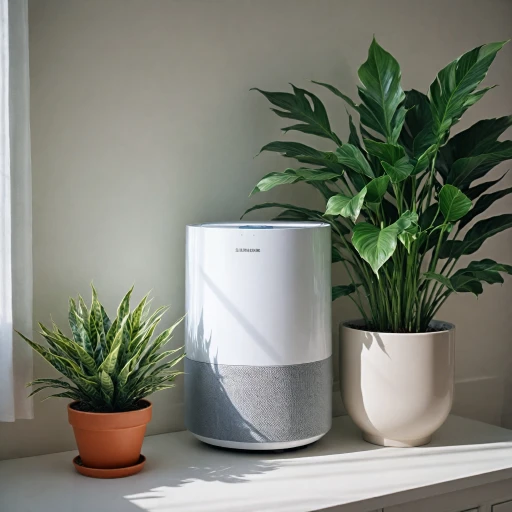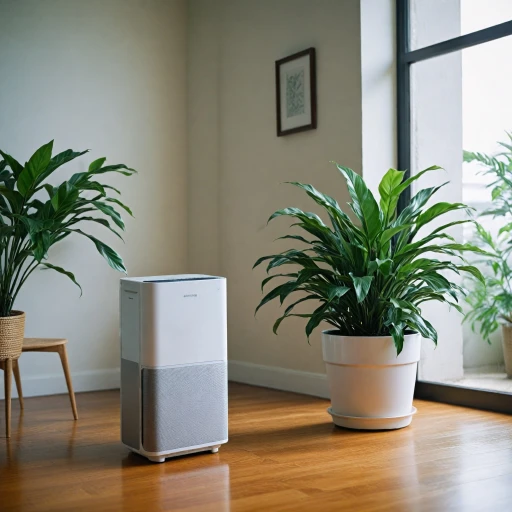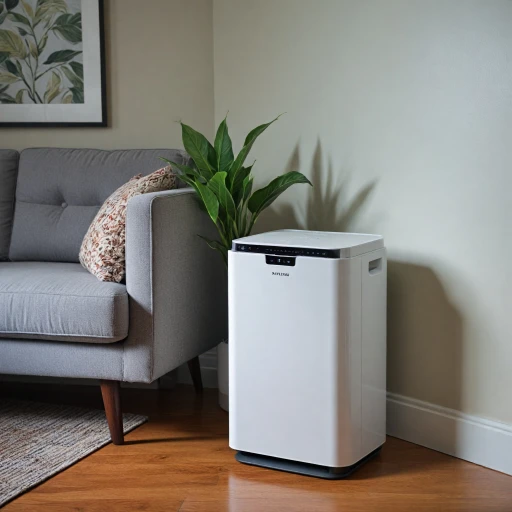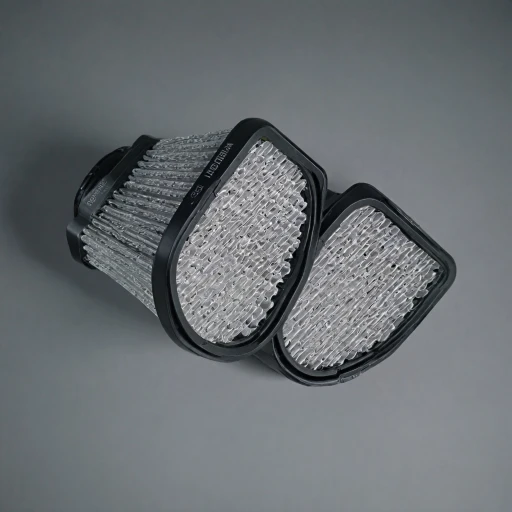
Understanding pet dander and its impact on health
What is Pet Dander?
Pet dander consists of tiny, even microscopic, flecks of skin shed by cats, dogs, rodents, birds, and other animals with fur or feathers. These particles can float in the air and settle on surfaces, making them a common allergen in homes with pets. Pet hair itself isn't the main culprit; rather, it's the dander, along with proteins found in saliva, urine, and feces, that can trigger allergic reactions.
Health Impacts of Pet Dander
For individuals with allergies or asthma, pet dander can be a significant concern. Exposure can lead to symptoms such as sneezing, itchy eyes, and even respiratory issues. Over time, consistent exposure to these airborne particles can exacerbate health conditions, impacting overall air quality and well-being.
How Air Purifiers Help
Air purifiers are designed to capture and reduce airborne particles, including pet dander. The best air purifiers for this purpose often feature a combination of HEPA filters and activated carbon filters. HEPA filters are particularly effective at trapping small particles, while carbon filters can help neutralize odors. Some models also include smart features like auto mode and quality sensors to adjust their performance based on the air quality level.
In the following sections, we'll explore the key features to consider when selecting an air purifier, review top models, and provide tips on maintaining your device for optimal performance. Additionally, we'll discuss other strategies to reduce pet dander in your home, ensuring a cleaner and healthier environment for you and your furry friends.
Key features to look for in an air purifier
Top Features for an Ideal Air Purifier
When selecting an air purifier to combat pet dander, several features should be prioritized to ensure effective filtration and air quality improvement. Here's a guide to help you choose the best air purifiers that meet these needs:- Filtration Technology: Look for an air purifier equipped with a true HEPA filter. This filtration technology is essential for capturing airborne particles as small as 0.3 microns, including pet dander and hair. It's also beneficial to have a pre filter that traps larger particles, extending the life of the HEPA filter.
- Performance Power: Consider the clean air delivery rate (CADR). The CADR measures how quickly and effectively an air purifier can clean the air. A higher CADR means faster filtration and improved air quality, which is crucial for homes with pets.
- Activated Carbon Filters: These filters are excellent for dealing with pet odors. They work by absorbing and neutralizing smells, enhancing indoor air freshness.
- Noise Levels: The noise level of an air purifier, measured in dB(A), can influence your comfort, especially in quiet settings. Opt for devices that efficiently balance performance and quiet operation.
- Smart Features: Consider purifiers with features such as auto mode and air quality sensors. Smart features can automatically adjust the power level based on current air quality, providing convenience and energy efficiency.
- Price and Value: Striking a balance between price and performance is key. Evaluate purifiers that offer robust features without stretching your budget. Many air purifiers provide substantial benefits at a reasonable cost.
Top air purifiers for pet dander
Top Picks for Clearing Out Pet Dander with Effortless Precision
Choosing the right air purifier to combat pet dander can offer significant relief and improve indoor air quality. A quality air purifier should excel in several aspects, from superior filtration to smart features. Here’s a look at some of the top contenders on the market that consistently deliver clean air:
- Levoit Core 400S: This model is equipped with a true HEPA filter capable of capturing 99.97% of airborne particles as small as 0.3 microns. It features a carbon filter for odors, pre-filter for larger debris like pet hair, and boasts a high Clean Air Delivery Rate (CADR) for efficient filtration. The smart features, like auto mode, adjust settings based on current air quality.
- Blueair Classic Series: Known for its high-efficiency performance, the Blueair purifier uses advanced filtration technology that reduces pet dander alongside other allergens. With impressive noise level control, it ensures quiet operation while maintaining strong purification power. Its air quality sensor guarantees that your home is monitored for optimal comfort.
- Austin Air HealthMate: A robust option, this purifier comes with a comprehensive filtration system combining a true HEPA filter and an activated carbon filter to tackle pet dander and odors effectively. Tested for high performance, the durable build and long-lasting filters make it a solid investment for pet owners.
When looking for the best air purifier, consider the price and the balance between the features and your specific needs. Evaluate the noise level some models produce, especially if you prefer quieter operation. Regular maintenance, as well as strategically placing purifiers near areas heavily trafficked by pets, can enhance performance and prolong operation efficiency. These picks have proven effective for many households, delivering clean air and a noticeable reduction in pet-related allergens.
How to maintain your air purifier for optimal performance
Crucial Maintenance Tips for Your Air Purifier
Regular maintenance is essential to ensure that your air purifier performs optimally, particularly when tackling pet dander and other airborne particles. Here are some key tips to help maintain the efficiency of your unit over time and enhance your indoor air quality:- Consistent Filter Replacement: The core of any air purifier’s functionality lies in its filters. True HEPA filters and carbon filters should be checked regularly. Depending on your model and usage, replace filters every 6-12 months. A clogged filter can drastically reduce the filtration efficiency and CADR (Clean Air Delivery Rate).
- Routine Cleaning: Dust and pet hair can accumulate on the exterior of your air purifier, and occasionally on the pre filter. Clean the pre filter every 2-3 weeks to ensure the motor doesn’t overwork and to maintain optimal air flow.
- Utilize Smart Features: Many modern air purifiers include smart features, such as auto mode and quality sensors, to adjust the speed of the fan based on the air quality detected. Engage these features to maximize power efficiency and prolong filter life.
- Noiseless Functionality: Over time, debris can affect the noise level produced by the purifier. Ensure the fan and motor components are free from obstruction. If your air purifier produces excessive noise, it may warrant a professional inspection.
- Monitor Performance Regularly: Take note of any changes in air cleanliness or purifier performance. An unexpected drop in performance might indicate an issue that warrants attention before it becomes a costly repair.
Additional strategies for reducing pet dander at home
Effective Practices for Minimizing Pet Dander Indoors
Managing pet dander at home requires a comprehensive approach that combines technology with everyday practices. Beyond selecting the best air purifier to handle pet dander, consider these additional strategies to reduce the amount of airborne particles and maintain a cleaner environment.- Regular Cleaning: Consistent cleaning routines can significantly lower pet dander levels. Vacuum your home frequently with a vacuum cleaner equipped with a HEPA filter to capture small particles. Dust surfaces with microfiber cloths and mop floors regularly to prevent dander accumulation.
- Pet Grooming: Regular pet grooming sessions help minimize loose pet hair and dander. Brushing your pet outdoors or in areas with good ventilation can prevent the spread of dander inside your home.
- Smart Features for Pet Management: If your air purifier includes smart features, utilize them to maintain optimal air quality. Features such as auto mode can adjust the purifier’s power and performance according to detected dander levels, ensuring efficient filtration.
- Dedicated Spaces: Designate specific areas in your home for pets, particularly those with hard floors that are easier to clean and maintain. This can help confine dander to certain parts of your living space, reducing overall spread.
- Air Purifier Maintenance: Routine maintenance of your air purifier is crucial for sustained performance. Replace the pre filter and true HEPA filter regularly, as recommended by the manufacturer, to ensure the device effectively captures pet dander along with other airborne particles.
- Managing Humidity: Maintaining an ideal humidity level in your home can help minimize dander maintenance. A balance in humidity, typically between 30–50%, can reduce dryness, preventing dander from becoming airborne easily.
- Ventilation Improvements: Enhance your home’s ventilation to eliminate stagnant air where dander can thrive. Ensuring cross-ventilation by opening windows periodically or using exhaust fans can contribute to improved air quality.
Frequently asked questions about air purifiers and pet dander
Common Queries About Pet Dander and Air Purifiers
How do air purifiers help with pet dander? Air purifiers effectively reduce pet dander by capturing these tiny particles through advanced filtration technology. High-efficiency particulate air (HEPA) filters are particularly adept at trapping pet dander alongside other airborne particles. Some models also incorporate activated carbon filters to neutralize odor. What features should I look for in an air purifier for pets? When choosing an air purifier to combat pet dander, consider models with:- True HEPA filters for optimal particle capture
- Activated carbon filters for odor control
- Pre-filters to catch larger particles like pet hair
- Quiet operation with a low noise level (dBa)
- Smart features such as auto mode for convenient adjustments
